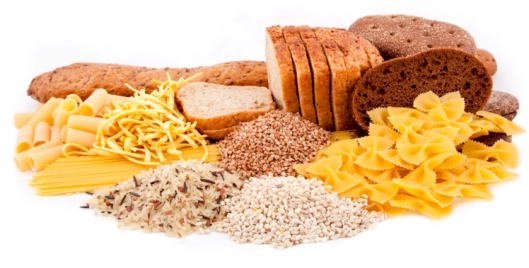Greetings from SMI,
As the days get warmer and longer it is hard not to notice more people out walking, running, cycling and playing tennis. Hopefully YOU have been able to make the most of the nice spring weather as well.
We always see an increase in clients this time of year as the nicer weather results in more pulled muscles, sore joints and strained tendons. In order to reduce down time and maximize the time you spend working out, make sure that you are taking care of “the details.” Warm-up thoroughly before activity, stretch, roll and strengthen consistently to ensure that you minimize your risk of injury.
If you have questions about stretching, rolling or your own flexibility imbalances, please contact us today and one of our therapists can help address your specific needs with an individualized plan. In the meantime, enjoy the longer days and keep moving!
~The SMI Team
Announcing SMI in San Francisco!
Over the 17 years that SMI has been in business we have received numerous requests to open an office in San Francisco. While we haven’t gone quite that far, we are glad to offer our San Francisco clients an alternative to making the drive down the peninsula. SMI therapist, Eva Popper, is now available every other weekend in San Francisco. She will be working in the Alamo Square district at 425 Divisadero St, Suite 209.
You can schedule an appointment by calling the Palo Alto office at 650-322-2809.




